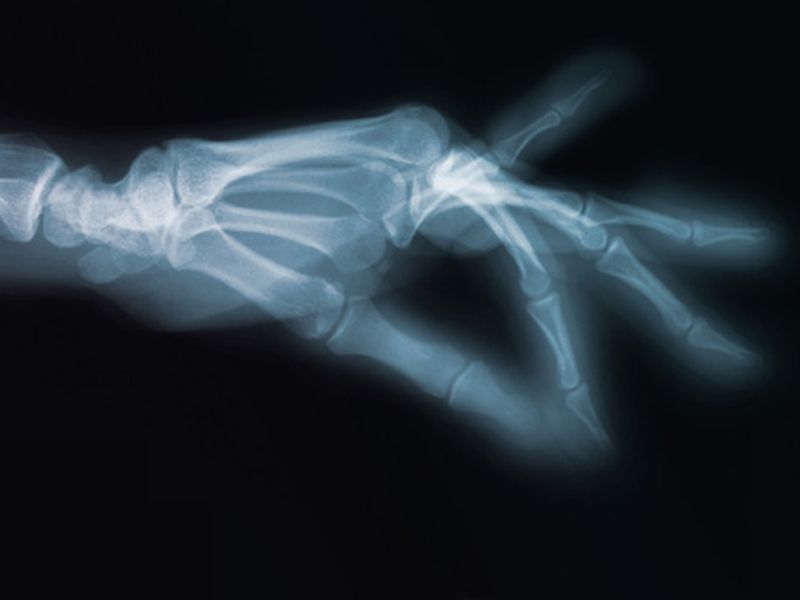Skeletons Mature Earlier Now, Affecting Orthopedic Treatments

TUESDAY, Jan. 8, 2019 (HealthDay News) -- Scientists say children's skeletons are maturing sooner than they did early in the 20th century, and this could affect the timing of certain orthopedic treatments.
Girls are reaching full skeletal maturity nearly 10 months earlier and boys nearly seven months earlier, according to the University of Missouri School of Medicine researchers.
"Our findings show there is a 'new normal' for timing when kids' skeletons will reach full maturity," team leader Dana Duren said in a school news release. Duren heads orthopedic research at the university's Thompson Laboratory for Regenerative Orthopaedics.
Earlier skeletal maturity affects the timing of treatment for certain orthopedic conditions in children, such as leg-length differences and scoliosis. It may also affect use of growth hormone, the study authors said.
"The timing for the treatments of these conditions is a critical component to a good outcome," said study co-author Mel Boeyer, a predoctoral orthopedic research fellow. "What this research shows us is physicians will need to start looking for the beginning of epiphyseal fusion sooner than they once thought."
The researchers studied radiographs of the bones in the hands and wrists of more than 1,000 children born between 1915 and 2006. The radiographs were gathered in the Fels Longitudinal Study, a century-long study of human growth and development.
The investigators keyed in on a developmental process called epiphyseal fusion, which signals the end of the growth of the bone, Duren said.
"It begins when the growth plate, which is cartilage at the end of the bone, starts to connect the epiphysis, or bone cap, to the long bone through small calcifications. Eventually, the growth plate completely calcifies and attaches, or fuses, to the long bone. When fusion is complete, so is the growth of that bone," Duren explained.
The researchers found that the skeletons of children born in the 1990s reached maturity faster and sooner than those of kids born in the 1930s.
The study did not look at possible causes of earlier skeletal maturity, but increased exposure to chemical compounds that resemble hormones could be a factor, the researchers said.
The findings were published recently in the journal Clinical Orthopaedics and Related Research.
More information
The U.S. National Institutes of Health has more on children's bones.

The news stories provided in Health News and our Health-E News Newsletter are a service of the nationally syndicated HealthDay® news and information company. Stories refer to national trends and breaking health news, and are not necessarily indicative of or always supported by our facility and providers. This information is provided for informational and educational purposes only, and is not intended to be a substitute for medical advice, diagnosis, or treatment.

